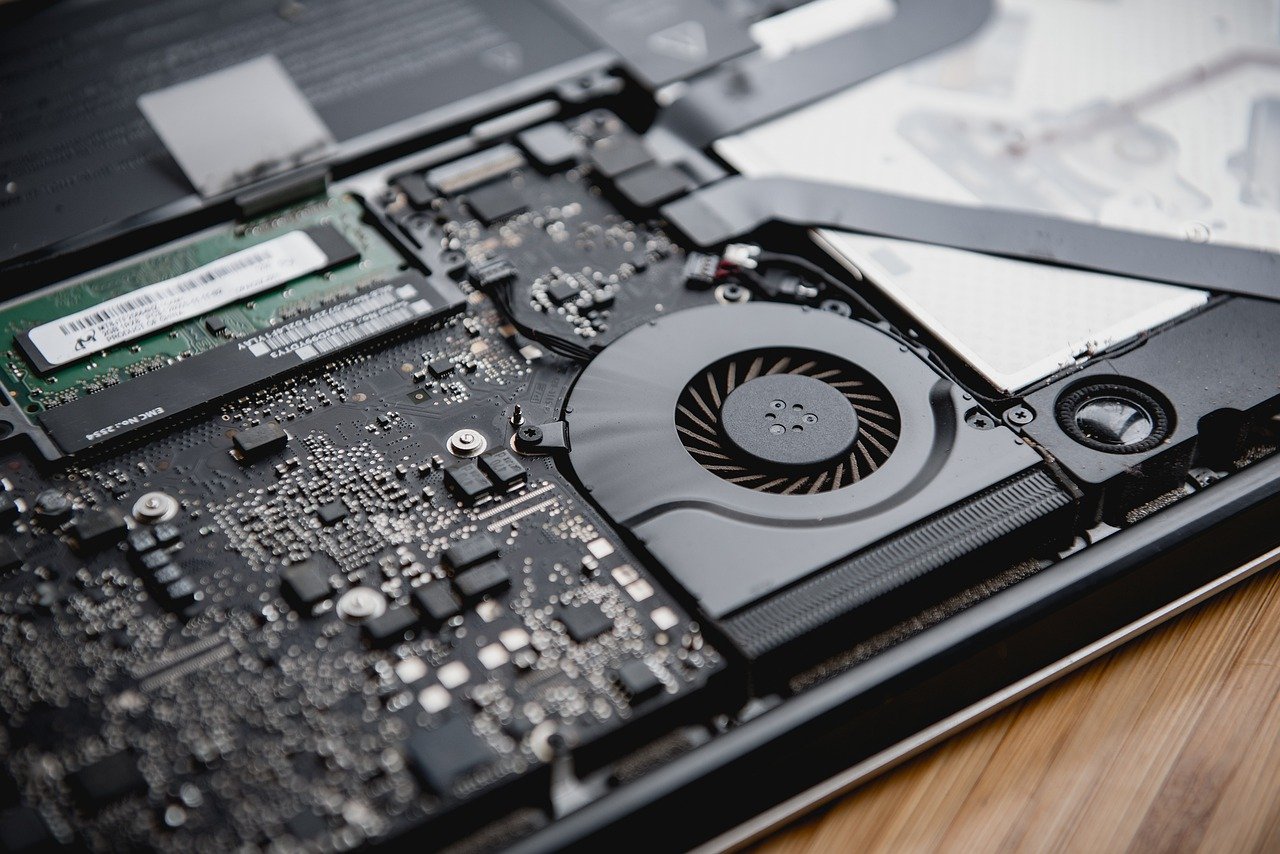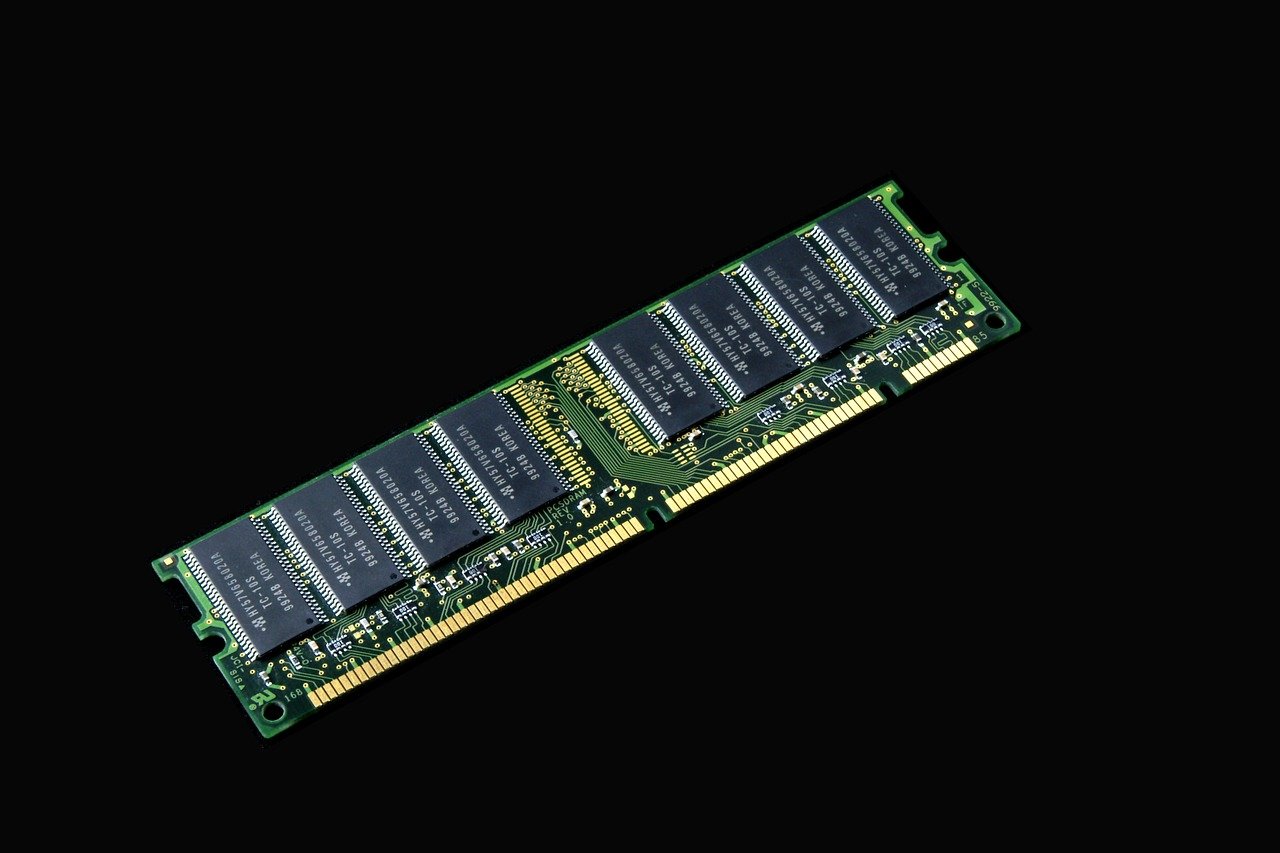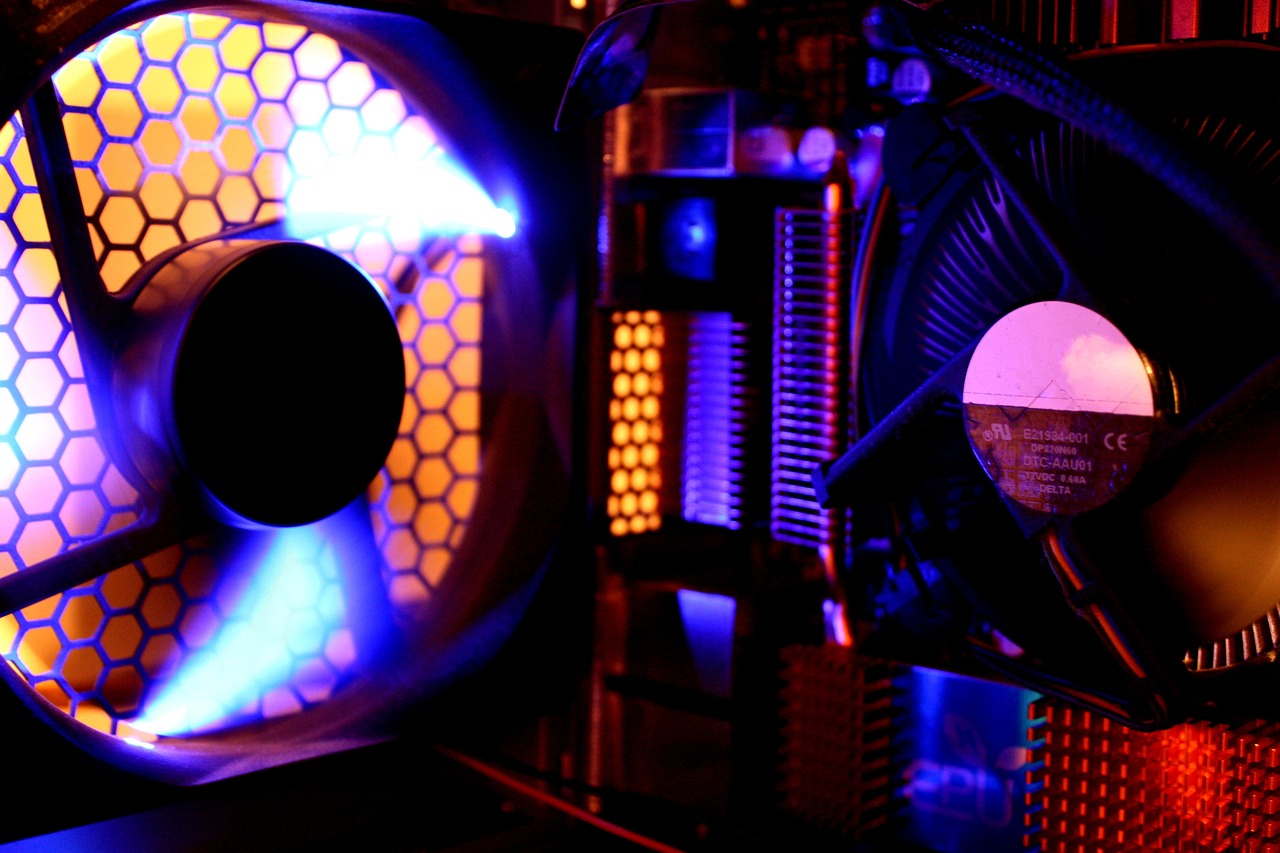
Comparing Different Types of RAM: DDR3 vs DDR4 vs DDR5
Iren
- 0
- 852
Overview of RAM Types
Random Access Memory (RAM) is a crucial component in any computer system, serving as the temporary storage for data that the CPU needs to access quickly. Over the years, RAM technology has evolved significantly, with each generation bringing improvements in speed, efficiency, and capacity. Let’s explore the key characteristics of DDR3, DDR4, and DDR5 RAM.
DDR3 RAM
DDR3 (Double Data Rate 3) was introduced in 2007 and has been a stalwart in the computing industry for many years. Its primary use cases include older systems and budget-oriented builds.
Key specifications of DDR3 RAM:
- Speed range: 800 MHz to 2133 MHz
- Voltage: 1.5V (standard) or 1.35V (low-voltage)
- Maximum capacity per module: 8GB
- Prefetch buffer: 8-bit
- Burst length: 8
DDR4 RAM
DDR4 (Double Data Rate 4) was released in 2014, bringing significant improvements over its predecessor. It quickly became the standard for modern computing systems, offering better performance and energy efficiency.
Key improvements of DDR4 over DDR3:
- Higher data transfer rates
- Lower power consumption
- Increased module density
- Better error correction
DDR5 RAM
DDR5 (Double Data Rate 5) is the latest generation of RAM technology, introduced in 2020. It represents a significant leap forward in terms of speed, efficiency, and capacity.
Notable features of DDR5:
- Substantially higher bandwidth
- Improved power management
- Enhanced error correction
- Greater scalability for future applications
Performance Comparison

To understand the real-world impact of these different RAM types, let’s compare their performance in key areas.
Speed and Bandwidth
RAM speed is measured in MHz (megahertz) and affects how quickly data can be read from or written to memory. Bandwidth, measured in GB/s (gigabytes per second), represents the amount of data that can be transferred in a given time.
| RAM Type | Typical Speed Range | Maximum Bandwidth |
|---|---|---|
| DDR3 | 800-2133 MHz | Up to 17 GB/s |
| DDR4 | 2133-3200 MHz | Up to 25.6 GB/s |
| DDR5 | 4800-6400 MHz | Up to 51.2 GB/s |
As evident from the table, each generation of RAM has brought significant improvements in speed and bandwidth. DDR5, in particular, offers a substantial leap, with speeds starting where DDR4 topped out.
Latency and Efficiency
While speed and bandwidth are important, latency also plays a crucial role in RAM performance. Latency refers to the delay between when a command is issued and when the data transfer begins.
Latency comparison:
- DDR3: CAS latency typically ranges from 7 to 11 cycles
- DDR4: CAS latency typically ranges from 14 to 18 cycles
- DDR5: CAS latency typically ranges from 32 to 40 cycles
It’s important to note that while DDR5 has higher absolute latency numbers, its significantly higher clock speeds often result in lower actual latency times compared to DDR4 and DDR3.
Power Consumption and Efficiency
As technology advances, power efficiency becomes increasingly important, especially for mobile devices and data centers.
Voltage Requirements
The voltage requirements for RAM have decreased with each generation, leading to lower power consumption and heat generation.
| RAM Type | Standard Voltage | Low-Power Voltage |
|---|---|---|
| DDR3 | 1.5V | 1.35V |
| DDR4 | 1.2V | 1.05V |
| DDR5 | 1.1V | 1.0V |
The reduction in voltage from DDR3 to DDR5 may seem small, but it translates to significant power savings, especially in systems with large amounts of RAM.
Energy Efficiency
DDR5 introduces several features that enhance energy efficiency:
- Decision Feedback Equalization (DFE): Improves signal integrity at high speeds
- On-die ECC: Reduces errors and improves stability
- Voltage Regulator Modules (VRM): Moves power management to the DIMM itself
These improvements not only reduce power consumption but also allow for better performance scaling and stability in high-performance computing environments.
Compatibility and Future-Proofing
When choosing RAM, it’s essential to consider compatibility with current hardware and future upgradability.
Motherboard Compatibility
Each RAM generation requires a compatible motherboard with the appropriate memory slots and chipset support.
- DDR3: Compatible with older motherboards, typically those using Intel’s LGA 1150 socket or AMD’s AM3+ socket
- DDR4: Widely supported by modern motherboards, including those for Intel’s LGA 1151, 1200, and AMD’s AM4 sockets
- DDR5: Supported by the newest motherboards, such as those for Intel’s LGA 1700 and AMD’s AM5 sockets
It’s crucial to check your motherboard specifications before purchasing RAM to ensure compatibility.
Upgradability and Future Trends
As technology progresses, newer RAM standards become more prevalent:
- DDR3 is largely phased out for new builds but remains relevant for upgrading older systems
- DDR4 is currently the most common and cost-effective option for most users
- DDR5 is gaining traction and will likely become the standard in the coming years
When considering future-proofing, DDR5 offers the most longevity, but it comes at a higher initial cost. DDR4 remains a solid choice for the near future, offering a good balance of performance and value.
Use Cases and Recommendations

Different RAM types are suited for various use cases, depending on performance requirements and budget constraints.
Gaming and High-Performance Computing
For gaming and high-performance tasks, faster RAM can provide noticeable benefits:
- DDR4: Still an excellent choice for most gaming setups. Look for modules with speeds of 3200 MHz or higher.
- DDR5: Offers the highest performance but at a premium price. Recommended for enthusiasts and those building future-proof systems.
Example gaming setup:
- CPU: Intel Core i7-12700K
- Motherboard: ASUS ROG Strix Z690-E Gaming WiFi
- RAM: 32GB (2x16GB) G.Skill Trident Z5 RGB DDR5-6000
General Use and Office Work
For everyday computing and office tasks, the performance difference between RAM types may be less noticeable:
- DDR3: Suitable for older systems or budget builds focused on basic tasks
- DDR4: The sweet spot for most users, offering good performance at reasonable prices
- DDR5: Generally overkill for basic tasks but future-proofs the system
Recommended configuration for general use:
- 16GB DDR4-3200 for a balanced system
- 32GB DDR4-3600 for users who multitask heavily or work with large files
Cost Analysis
The cost of RAM varies significantly between generations and is influenced by factors such as supply, demand, and manufacturing processes.
Price Trends
Current price trends (as of 2024) for 16GB modules:
| RAM Type | Average Price Range |
|---|---|
| DDR3 | $40 – $80 |
| DDR4 | $50 – $120 |
| DDR5 | $100 – $200 |
Note: Prices are approximate and can fluctuate based on market conditions. For the most up-to-date pricing, check with reputable hardware retailers or visit PCPartPicker.
Value for Money
When considering value for money:
- DDR3 offers the lowest cost but is only suitable for older systems
- DDR4 provides the best balance of performance and price for most users
- DDR5 comes at a premium but offers future-proofing and the highest performance
For budget-conscious builds, DDR4 remains the most cost-effective option. However, if you’re building a high-end system with a long-term perspective, the investment in DDR5 may be justified.
Conclusion
The choice between DDR3, DDR4, and DDR5 RAM depends on various factors, including your current hardware, performance needs, and budget. Here’s a summary of key considerations:
- DDR3: Best for upgrading older systems or very budget-constrained builds
- DDR4: The current sweet spot for most users, offering a good balance of performance, compatibility, and cost
- DDR5: The future of RAM technology, offering the highest performance and efficiency but at a premium price
When making your decision, consider your long-term needs and the potential for future upgrades. While DDR5 represents the cutting edge of RAM technology, DDR4 remains a solid and cost-effective choice for the majority of users in 2024. As always, ensure compatibility with your motherboard and processor before making a purchase.



